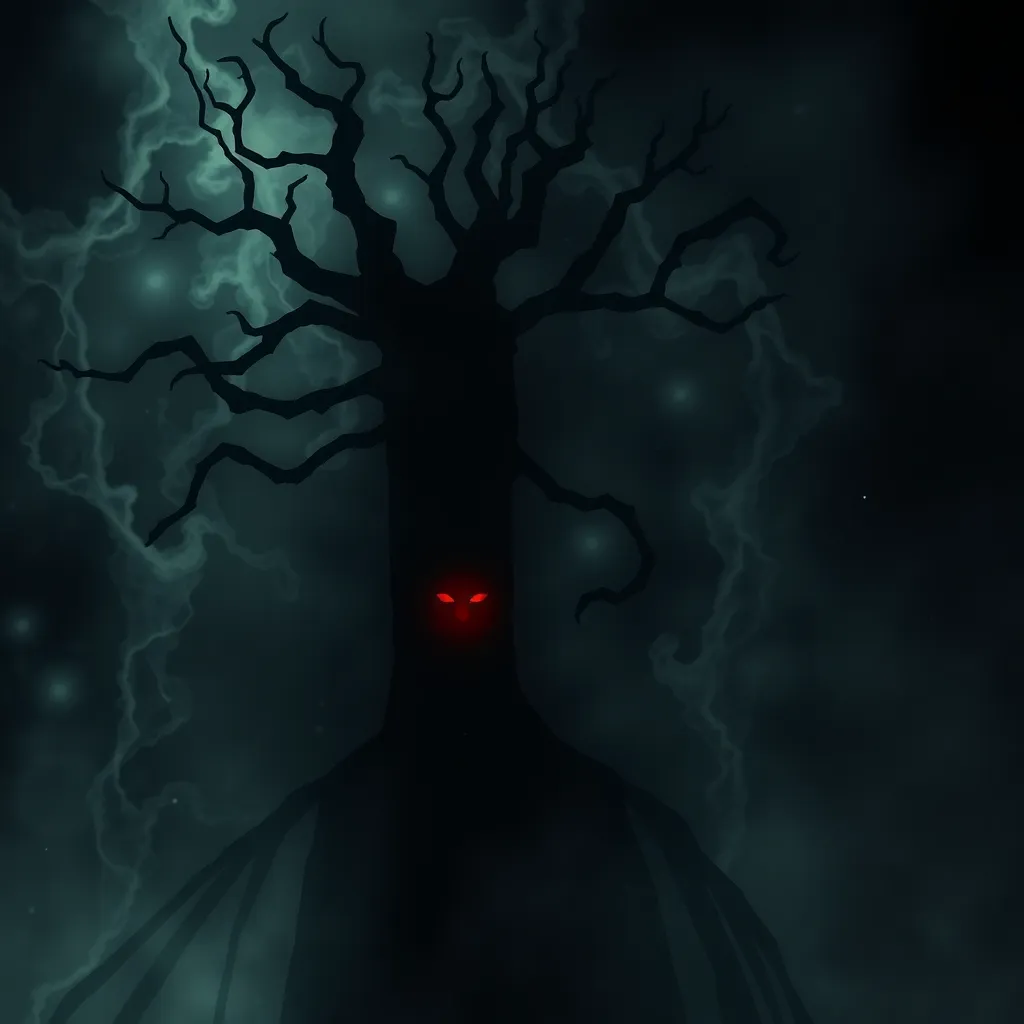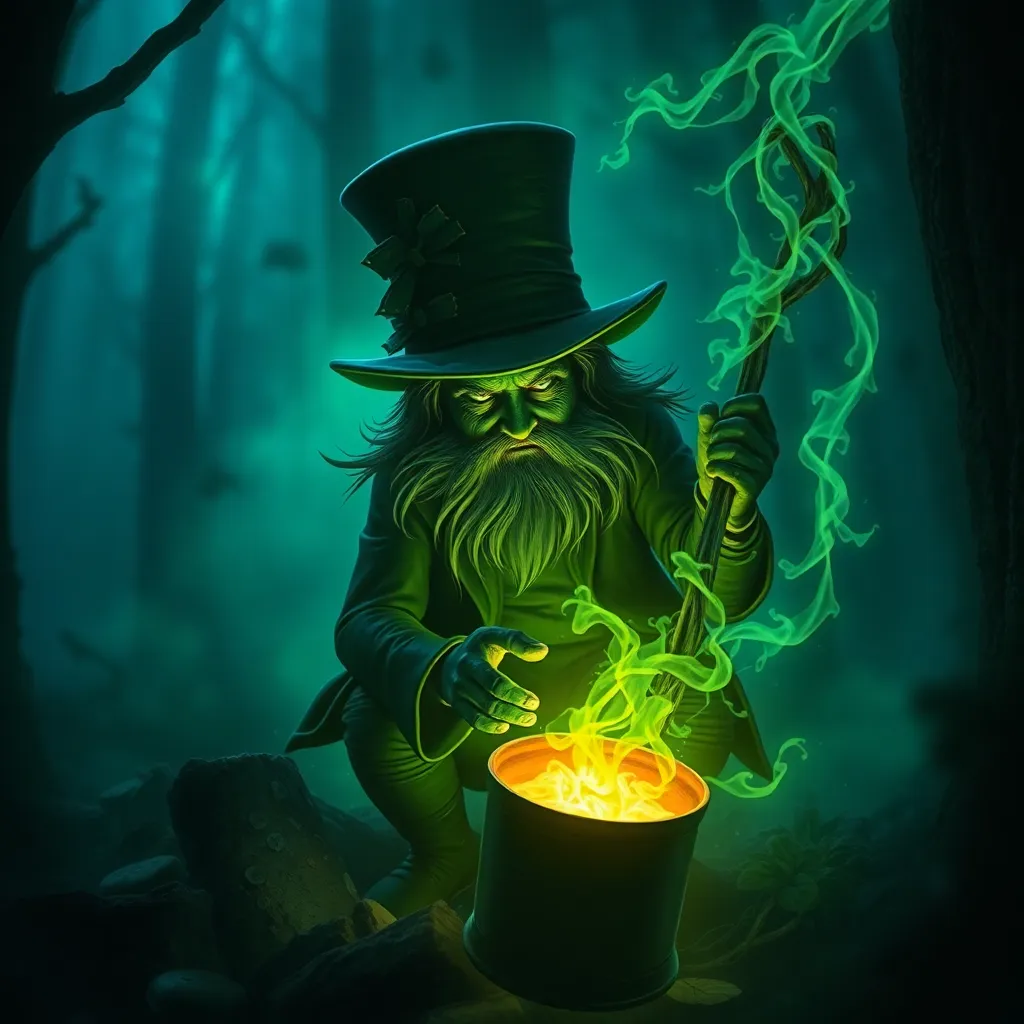The Dybbuk of Vilna: A Tale of Love, Loss, and Redemption
I. Introduction
The legend of the Dybbuk is one of the most haunting tales in Jewish folklore, embodying themes of love, loss, and the quest for redemption. Central to this narrative is the city of Vilna, a significant cultural and spiritual hub for Jews in Eastern Europe. This story not only captivates the imagination but also reflects profound human experiences that resonate across generations.
II. Historical Context of Vilna
To understand the Dybbuk legend fully, one must consider the historical backdrop of Vilna in the early 20th century. This city was a melting pot of Jewish culture, characterized by:
- A rich tapestry of religious traditions and practices.
- A vibrant Jewish community that played a crucial role in shaping Vilna’s identity.
- The aftermath of World War I and the interwar period, which brought about significant changes in Jewish life and culture.
During this era, Vilna was often referred to as the “Jerusalem of Lithuania,” emphasizing its importance as a center for Jewish scholarship and spirituality.
III. The Origins of the Dybbuk Legend
The term “Dybbuk” originates from the Hebrew word “dibbuk,” meaning “to cling” or “to attach.” In Jewish mysticism, a Dybbuk is understood to be the wandering soul of a deceased person that clings to the living, often seeking resolution for unfinished business.
The story of Leah and Channon, the central figures in the Dybbuk tale, is a tragic love story overshadowed by societal constraints and untimely death. Their love, pure yet forbidden, ultimately leads to Leah’s transformation into a Dybbuk, intertwining folklore with historical events that shaped the community’s beliefs.
IV. Key Characters in the Tale
The Dybbuk legend features several key characters who embody various aspects of the human experience:
- Leah: The tragic heroine whose love transcends death, but whose fate is sealed by societal expectations.
- Channon: The devoted lover, whose unwavering affection drives the narrative and his quest for redemption.
- The Rabbi: A spiritual guide and mediator who navigates the complexities of the soul’s journey and the living’s struggles.
V. Themes of Love and Loss
The Dybbuk story explores profound themes that resonate deeply with human emotions:
- Forbidden Love: Leah and Channon’s love is emblematic of the societal constraints that often hinder genuine connections.
- Impact of Death: Leah’s death leaves an indelible mark on Channon, symbolizing the emotional turmoil that follows the loss of a loved one.
- Separation and Longing: The story captures the essence of longing and the pain of separation that accompanies love.
VI. The Dybbuk’s Possession
The transformation of Leah into a Dybbuk is a pivotal moment in the tale. This possession signifies:
- The unresolved issues that plague the living and the dead.
- The consequences of Leah’s unfulfilled love and the emotional toll it takes on Channon.
- Cultural interpretations of possession, shedding light on spiritual beliefs and practices within the Jewish community.
VII. Redemption and Resolution
Channon’s quest for redemption becomes the heart of the narrative. Driven by love, he seeks to free Leah’s spirit and find peace for himself. The Rabbi plays a vital role in this process:
- He provides wisdom and guidance, helping Channon navigate the complexities of the situation.
- His efforts highlight the importance of forgiveness and letting go, essential themes in the resolution of conflict.
Ultimately, this quest for resolution underscores the significance of closure in the face of loss.
VIII. Legacy and Influence
The Dybbuk legend has left an indelible mark on literature and theater, most notably through S. Ansky’s famous play, “The Dybbuk.” This work has served as a foundation for numerous adaptations and interpretations in modern culture:
- It has inspired filmmakers, playwrights, and authors, demonstrating the timelessness of its themes.
- Modern interpretations continue to explore the complexities of love, loss, and spirituality.
- The Dybbuk remains a symbol of Jewish culture, reflecting the struggles and resilience of the community.
IX. Conclusion
In summary, the Dybbuk of Vilna is a poignant tale that encapsulates the universal experiences of love, loss, and the search for redemption. It serves as a reminder of the enduring power of human connections and the complexities of the human spirit. The Dybbuk stands as a timeless symbol in folklore, inviting reflection on the profound themes that resonate within each of us.



